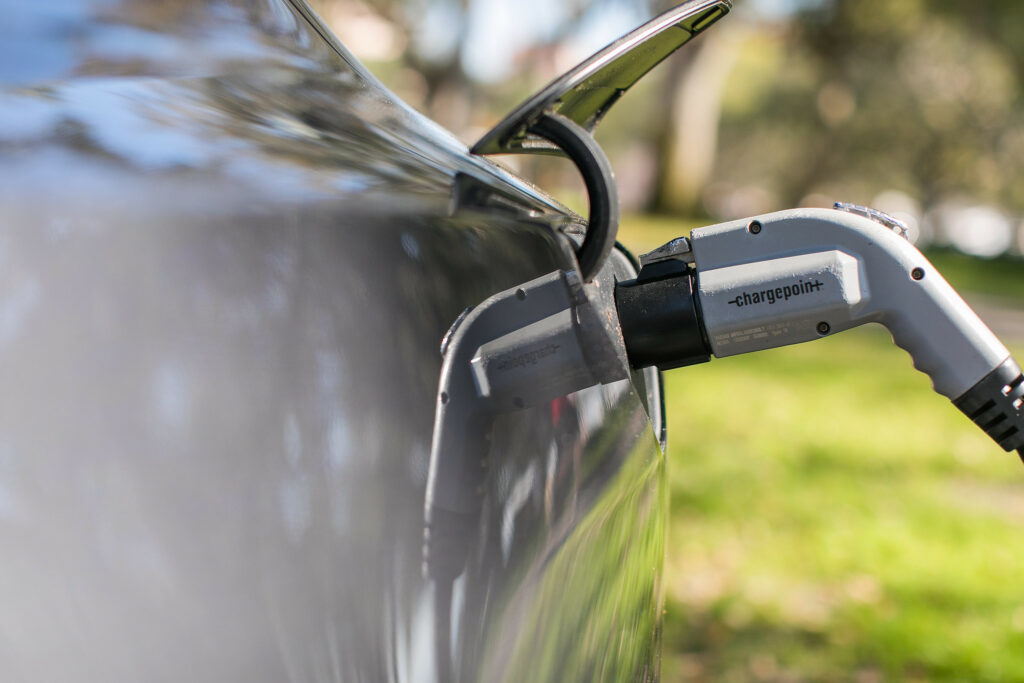Norway has become the first country in the world to sell more electric vehicles (EV) than petrol, hybrid, and diesel engines, figures from 2020 show. The achievement is part of a long-term government scheme to lead the EV revolution, giving tax breaks and financial incentives to encourage the purchase of more sustainable vehicles.

Electric vehicles accounted for 54.3% of new car sales in 2020, up from 42% in 2019, according to figures published by the Norwegian Road Federation (OFV). Meanwhile, vehicles with diesel-only engines have fallen from a peak of 75.7% of the Norwegian vehicle market in 2011 to just 8.6% last year.
Carmakers have had plenty of reasons to celebrate. Volkswagen’s luxury brand Audi was the market leader in 2020, according to OFV’s report, selling 9,227 of its e-tron vehicles in the country. Tesla’s Model 3, the 2019 leader, was pushed into second place with 7,770 sales. Volkswagen’s ID.3, a compact electric car, ranked third with 7,754 cars sold.
Øyvind Thorsen, the chief executive of OFV, said that with these numbers the country is well-positioned for its 2025 target to ban the sale of petrol and diesel cars. EV’s would surpass 65% of the Norwegian market in 2021, according to a forecast by the country’s EV Association, which anticipates that sales will continue to grow.
More models are expected to be brought onto the Norwegian market later this year, helping sales move forward even more. Tesla’s mid-sized sports utility vehicle, the Model Y, will arrive in Norway over the next few months, as will the first electric SUVs from Ford, BMW, and Volkswagen, according to OFV’s report. In other words, the surge of electric cars shows no signs of slowing down.
Although unit sales are higher in China and the US, Norway is usually described as the poster child of the EV revolution. That’s because there are more EVs on Norwegian roads as a proportion of total vehicles than anywhere else in the world. It’s all about an electric transformation in this small country with just five million people, which owes much of its status to oil.
Nowadays though, almost all of Norway’s domestic energy comes from hydropower. This means that a switch to EVs is a much greener equation than for countries that rely on fossil fuels for their electricity. To make the switch, the government has been investing a lot since 1990 in charging infrastructure and financial incentives.
The government gave plenty of incentives to EV owners such as lowering road tax, removing charges for toll roads and public ferries, and offering free parking in municipal car parks. The sales tax was also removed from new EV purchases in 2001 and drivers were allowed to use bus lanes from 2005 onwards.
But it’s not just about cars, as Norway wants to revolutionize other ways of transportation. Scandinavian Airlines is working with Airbus on hybrid research and Avinor, the state-owned operator of the country’s airports, said it wants to use electric-powered aircraft on short-haul flights by 2030. The country also is a world leader in the transition to battery technology for shipping.
Norwegian Prime Minister Erna Solberg spoke last year on the importance of electrification. “For most countries, the first phase of the green shift is the transition from coal to renewables. Thanks to our waterfalls, Norway has already entered the next phase: How can we use our clean energy to electrify other sectors? We need to replace the fossil fuels used in other sectors,” she said.


